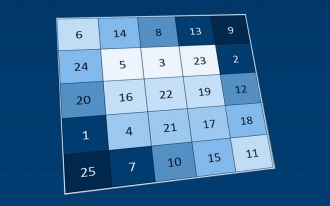- BRAINTRAIN |
- Blog |
- Memory |
- What Is Memory?

Bogdan Moroz 24.10.2019 8324 Comments
Memory in the modern world unlocks limitless opportunities for learning and self-realization. This is why increasing scientific works and psychology articles focus on memory training. If you aim to improve memory and pursue self-development, this article will help you understand memory training mechanisms and their effectiveness.
How Is Memory and Its Types Studied?
The process of acquiring, analyzing, and storing data in brain centers is invisible to humans, and researchers’ primary tool is scientific experimentation.
Studying Memory
Scientists can define the type and amount of information presented, analyze repetition time and memorization conditions, and ultimately assess the quantity and accuracy of information recalled by subjects.
Years of repeated experiments with information recall over time have provided extensive data, offering insights into memory mechanisms, its subtypes, and the influence of various conditions on memorization.
Dividing Memory into Types
Classification considers multiple factors, resulting in several systems describing memory subtypes.
Memory is divided based on brain areas involved at the time. Thus, we have emotional memory, linking emotions to events or objects; verbal-logical memory, formed from heard material and accumulated world knowledge; figurative memory, handling complex images with multifaceted information on appearance, sound, taste, smell, etc.; and motor memory, comprising automated movements for specific tasks.
Analyzing conscious human involvement in memorizing data distinguishes voluntary memory, activated by deliberate focus on an object or phenomenon, and involuntary memory, operating subconsciously.
Retention duration in brain centers is key for dividing memory into ultra-short-term, short-term, long-term, and working memory. Read more in our blog’s article: “Types of Memory.”
Can Memory Be Improved?
Pioneer in understanding memory processes and training, German experimental psychologist Hermann Ebbinghaus (1850–1909), studied retention patterns, forgetting effects, and external factors influencing these mechanisms. His work “Über das Gedächtnis” (“On Memory”) clarified factors altering memorization outcomes and proved memory can be trained.
Factors Affecting Memory
Ebbinghaus identified four factors that, when adjusted, yield better memorization results:
- Volume of material: Increasing or decreasing it can ease or complicate memorization. A trained mind can handle larger volumes, a goal of regular practice.
- Repetition frequency: Initially, untrained individuals need a set number of repetitions for full recall, but with training, this decreases, indicating positive changes.
- Time between memorization and recall: The longer the gap, the harder to recall accurately. Training extends retention time, storing information longer.
- Information structure: Systematized, logically ordered data is easier to memorize with less effort. With training, even disordered data becomes easier to recall.
Forgetting Curve in Memory Training
Ebbinghaus proved through experiments that forgetting isn’t constant and changes with training. Training extends target information retention and forms new associations, not just between closely related data (e.g., adjacent numbers) but across all information blocks. This suggests training restores old synaptic connections and creates new ones.




